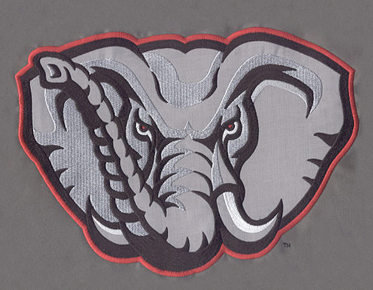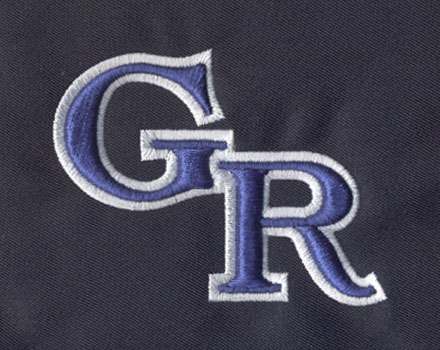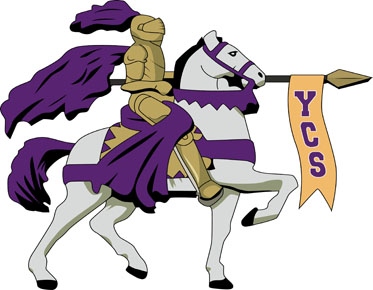Unlocking the Beauty of Applique Embroidery with Eagle Digitizing
As embroidery digitizing continues to evolve, applique embroidery has become an increasingly popular technique that adds texture and dimension to designs. Eagle Digitizing, a leading embroidery digitizing vendor, has been at the forefront of this trend, providing high-quality applique digitizing services to clients all over the world. In this article, we will explore the common parts of an applique embroidery design and provide tips on how to achieve optimal results. While there may be differences in the specifics between digitizers, most applique embroidery designs have three common parts.
The first part is the placement or outline stitch. This single running stitch is used to stitch on the base fabric, indicating where the applique fabric should be placed.
The second part is the tacking or tackdown stitch(es). This stitch is used to attach the applique fabric to the base fabric. Depending on the digitizer and embroidery program, it can be a running stitch, a zigzag stitch, or a combination of both.
The third part is the border stitch. Usually a satin or other decorative stitch, this stitch finishes the edges of the applique. Traditional satin stitches are very short-length zigzag stitches that keep the applique fabric edges from unraveling. In contrast, raw-edge appliques where the applique fabric is meant to stick out and fray may have just a nice, dense running stitch as the border stitch.
Before appliqueing on an embroidery machine, there are three ways to cut the applique fabric to the perfect size for the design.
The first way is to stitch and cut. After the tacking stitch, the fabric is cut down to size. This method works well with a satin stitch applique border because the thick stitching covers any imprecisions.
The second way is to cut the fabric to size before placing it on the base fabric. This method is preferred when embroidering raw-edge appliques or appliques surrounded by a blanket stitch. The fabric can be pre-cut using an applique template file from your computer or a fabric cutting machine like a Cricut, Silhouette, ScanNCut, Sizzix, or AccuQuilt.
The third way is to stitch twice. This method involves stitching the placement stitch on the base fabric, removing the hoop, and then hooping the applique fabric with an embroidery stabilizer to stitch another placement or tacking stitch on it. The fabric and stitch are then cut out to the perfect size for the base fabric.
In conclusion, as a trusted and
experienced embroidery digitizing company in usa, Eagle Digitizing understands the importance of staying
up-to-date with the latest trends and techniques in the industry. Our team of
skilled digitizers has years of experience in providing top-notch applique digitizing services to our clients,
helping them bring their embroidery projects to life with stunning results. Contact
us today to learn more about our services and how we can help you achieve your
embroidery goals.



